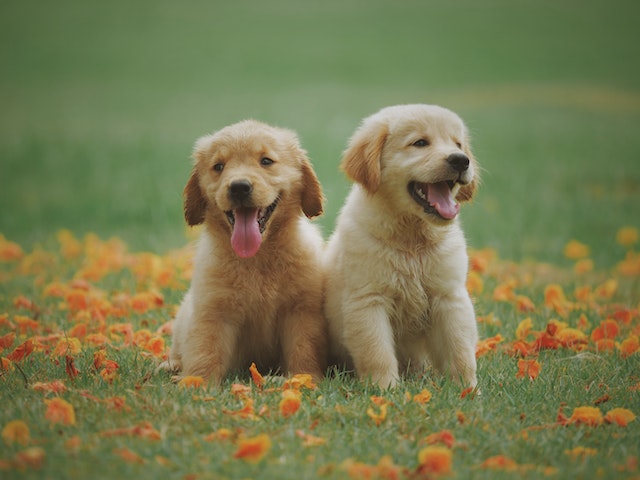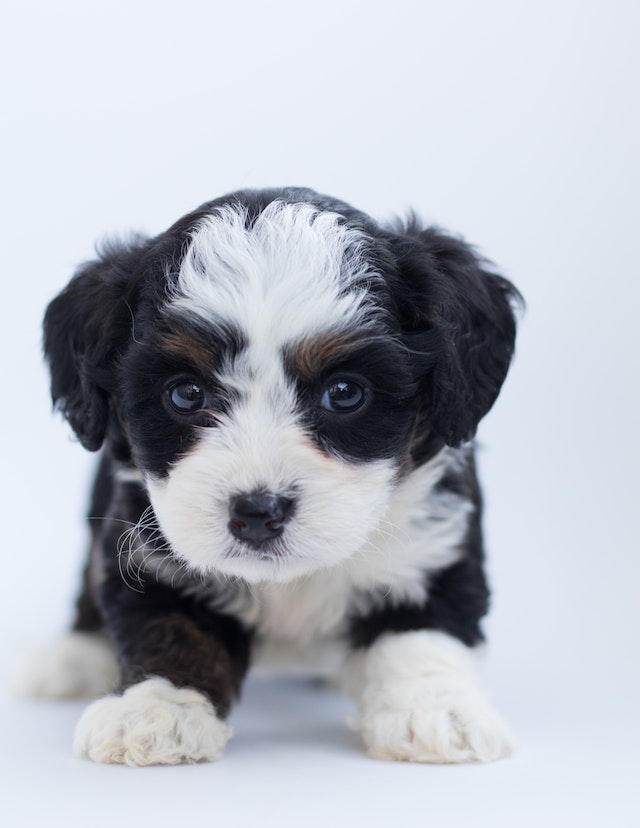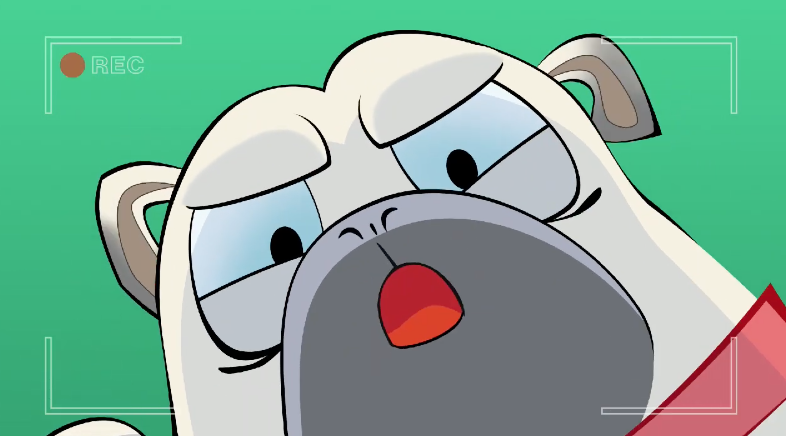

 Back
Back
Potty Training Your Puppy
Patience, consistency, and positive reinforcement are key factors for successfully potty training a pet. Here’s a step-by-step guide to successfully navigating the process.

Writer Animalia Team

Patience, consistency, and positive reinforcement are key factors for successfully potty training a pet. The right approach can instill good habits and help build a strong bond between owner and pet. While setbacks are common in potty training, they’re typically no cause for concern when owners develop a plan and execute on it with care.
So, how does potty training work exactly? Here’s a step-by-step guide to successfully navigating the process.
Puppy potty training: the value of routine
Start the potty training process by creating a dependable routine you and your pet can follow every day. Also, try using a repeatable word, like “bathroom” or “potty,” whenever you take your pet outside to relieve itself. This strategy should train the puppy to associate the phrase with appropriate bathroom habits.
Like babies, puppies have zero command over when or where they’ll need to go. While stains and smells are a nuisance, it’s important to remember that accidents happen. Getting upset with a puppy won’t help. In fact, negative reinforcement could make them anxious and lead to more trouble.
So, how do you minimize accidents and keep your house relatively free of messes ? By teaching your pet routine and discipline. Introduce the potty training process early in your puppy’s life and stay persistent. Remember that diligence throughout potty training won’t just help your pet live a happier, more confident life, but will bring the two of you closer together.
When to start with potty training & what to buy
Experts suggest owners should start house training puppies when they’re between 12 and 16 weeks old. At this stage, puppies have enough control over their bladder and bowel functions to master ‘holding it.’ Owners have several options, but crates and training pads are among the most popular potty training aids.
Training Pads: Identify the kind of training pad that best suits your puppy’s needs and preference. Buy pads that cater to your pet’s size and give them time to get comfortable with it. Whenever your puppy signals that they need to go, guide them reassuringly to the pad and urge them to relieve themselves.
Crate: Crate training is often an effective method because dogs aren’t likely to relieve themselves where they sleep. After walking your dog for their evening potty break, guide them back to the crate to rest for the night. Then, first thing in the morning, lead the puppy straight to their usual potty area. Your dog may resist a crate at first. Careful training and positive reinforcement can help them learn to regard their crate as a safe, comfortable personal space.

How long does it take to potty train a puppy?
It takes about 4 to 6 months to fully house train a new puppy. Some puppies may take more time, as long as a year. Generally, the size of a dog can give owners a sense of how often they’ll need to use the bathroom. Smaller breeds have smaller bladders and may have quicker metabolisms. This means more trips outside. It takes about 4-6 months for trainers to fully house train a pet. But it’s common for some puppies to take more time—say, a year. Generally, the size of the pet can be a good indicator of the bathroom break frequency needs. Smaller breeds have relatively smaller bladders and comparatively higher metabolisms. For these reasons, they require more trips outside. Note that it may take especially long to train puppies or adult dogs who’ve already spent time at home with other owners and learned bad habits.
Potty training: what to do
Provide regular outdoor walks and exercise: All puppies need some form of fitness routine. Familiarize them with daily walks while you’re initially training them to relieve themselves outside. This will teach pets to wait until they are outdoors to use the bathroom. Regular trips can help to reduce the frequency of accidents. Consider scheduling them at key times of day, such as early in the morning or before bed.
Stick to the feeding schedule: A puppy’s potty breaks will closely match their feeding schedule. As you get to know your pet, plan walks and meals accordingly. Make sure to keep track of how changes to your pet’s diet or routine can affect their bathroom needs.
Always observe and supervise: Be an authority figure during the day. Pets need guidance to limit indoor accidents and help them safely interact with new people, animals, and objects. Give your pet freedom to explore, but watch out for signs that it’s time for a bathroom break. These include:
- Crying, barking, and whining
- Sitting by the door
- Pacing animatedly or walking in circles
- Scratching at the door
- Trembling or shaking
- Looking expectantly at you or trying to get your attention
These signs could precede an accident by mere minutes. Always be at the ready!
Offer positive praise and reinforcement: Avoid scolding a pet – even if they soil your rug. Harsh words are never going to solve the problem. On the other hand, praising a puppy when they do the right thing works wonders. Be effusive —cheer, clap, and give your pet plenty of treats.
Potty training: what not to do
Use potty pads with crate training: Except in rare instances (if you live in a high-rise, for example, or have limited mobility) pee pads are no substitute for trips outside. Allowing your pet to take bathroom breaks on potty pads indoors could confuse them about where and when it is appropriate to relieve themselves.
Use punishment instead of reinforcement: Punitive measures are never a correct or successful training approach. Also, always avoid any attempts to “teach your pet a lesson.” Such outdated, inhumane approaches only internalize fearful behavior.
Make the effort to potty train your puppy
Successful potty training is key to a strong, respectful bond between your and your pet. All the frustration pays off – trust us. If you need extra help or have any questions, talk to your vet. They’ll be happy to lend an expert hand.





We offer the most comprehensive coverage
out there
Having Animalia is like a top-of-the-line
Rolls-Royce with a swimming
pool in the trunk.



Get your pet insurance quote
Is your pet a...
- Dog
- Cat
What is your pet's name?
Zip code




